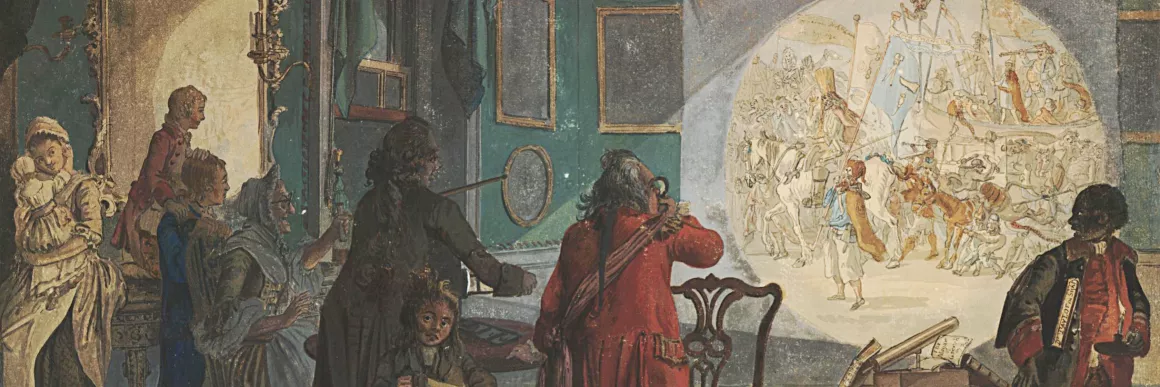This volume explores the multiplicity of the media concept during the Romantic age in England. The collection's central investigations include: the multiplicity of Romantic-era media technologies and theories; the conceptual models of network, assemblage, and ecology used by contemporary scholars to map the relations between media; Romantic valorizations of noise as a benign register of materiality, singularity, and finitude; and the turn to questions of affect and emotion as a way to describe the position of the subject within extended networks of mediation. Volume contributors reflect on the interactions among the diverse media forms of the Romantic age and explore the connections between those old media forms and today’s dynamic new media ecologies.
Abstract
This introductory essay of Multi-Media Romanticisms explores the central concepts that emerge from the individual essays contained in the volume.
Abstract
In an effort to square today’s findings that Romantic poets are early media theorists with Raymond Williams’s older claim that Romantic poets were “poets or sociologists,” the essay reframes Percy Shelley’s writing—and even his sometimes obscure poetic style—as engaged in a cultural sociology alert to the aesthetics of imaginative media.
Abstract
This essay applies concepts from object-oriented ontology (OOO) to the study of communications media specifically with respect to Lord Byron’s Don Juan (1819-1824). The essay’s primary contention is that OOO provides a conceptual stance well-suited to reveal some of the early media-ontological speculations performed in, around, and through Don Juan. This object-oriented ontology of media, rooted in Romantic-era texts, also provides us with tools for analyzing our current media ecology.
Abstract
In several Romantic periodicals, a first-person narrator witnesses the spirits of the distant past return to reanimate artworks in museum settings. This essay focuses on two such playful texts, which show how Romantic literary magazines used this rhetorical device to convey their visions of Britain’s recent history and probable future as well as to communicate a sense of their own place in Romantic print culture.
Abstract
Letitia Landon has often been seen, both in her own time and ours, as a prolific writer catering to mass audiences with repetitive tales of exotic romance. This essay proposes that Landon’s verse narratives, and the inset poems they include, repeat tales using different media less as a stock performance of the sentimental woman but as an acute inquiry into her own multiply mediated landscape.
Abstract
This essay argues that the slippery boundary between “mind” and “media” drives William Wordsworth’s experimental poetics and looks at two poems’ attempts to reimagine that boundary. Whereas “Lines Written in Early Spring” struggles to understand mental states as the common medium that links the system of nature, “The Old Cumberland Beggar” gives up that desire for a common medium and focuses instead on the ways that mental processes arise from the interaction between heterogeneous elements of village life.

